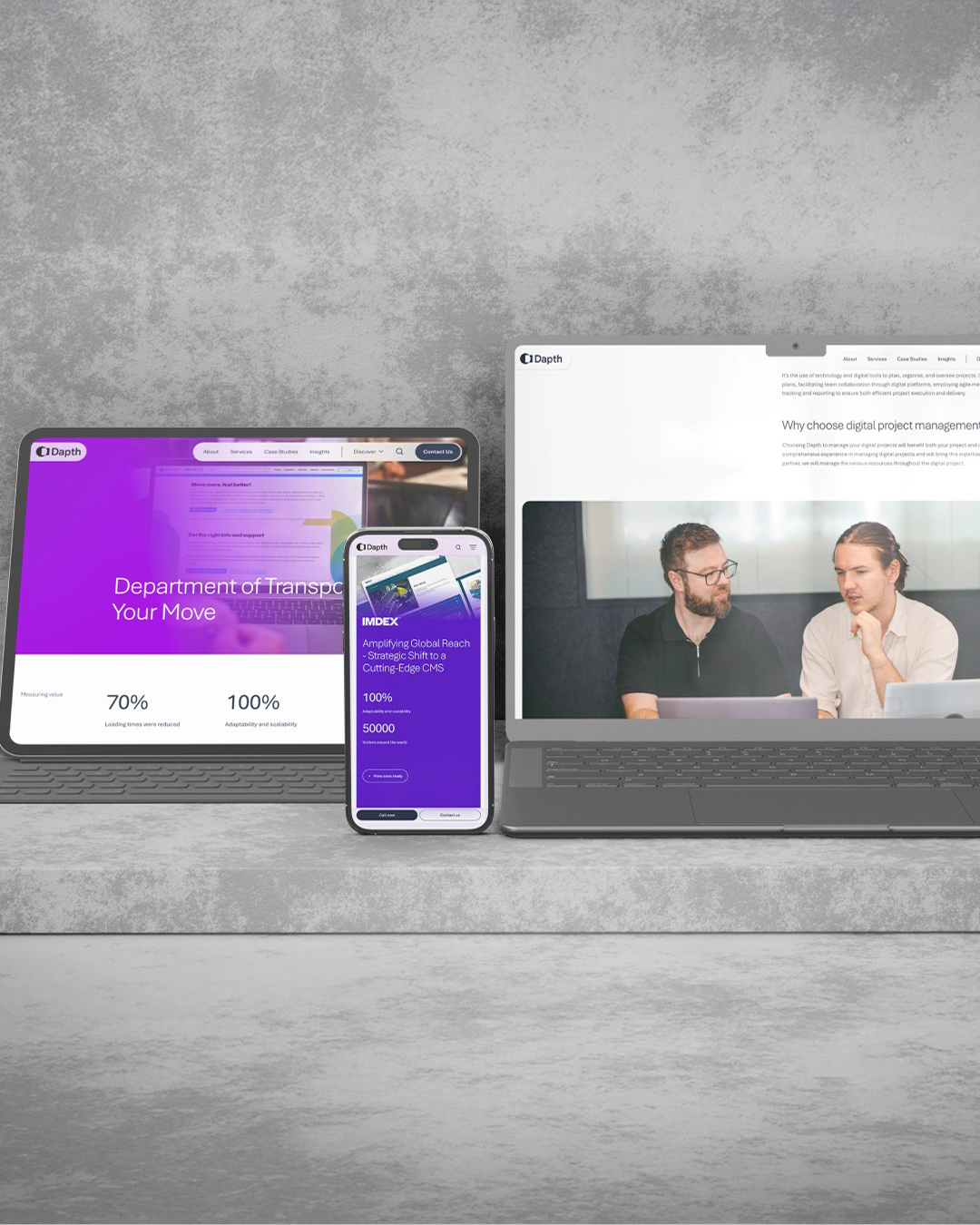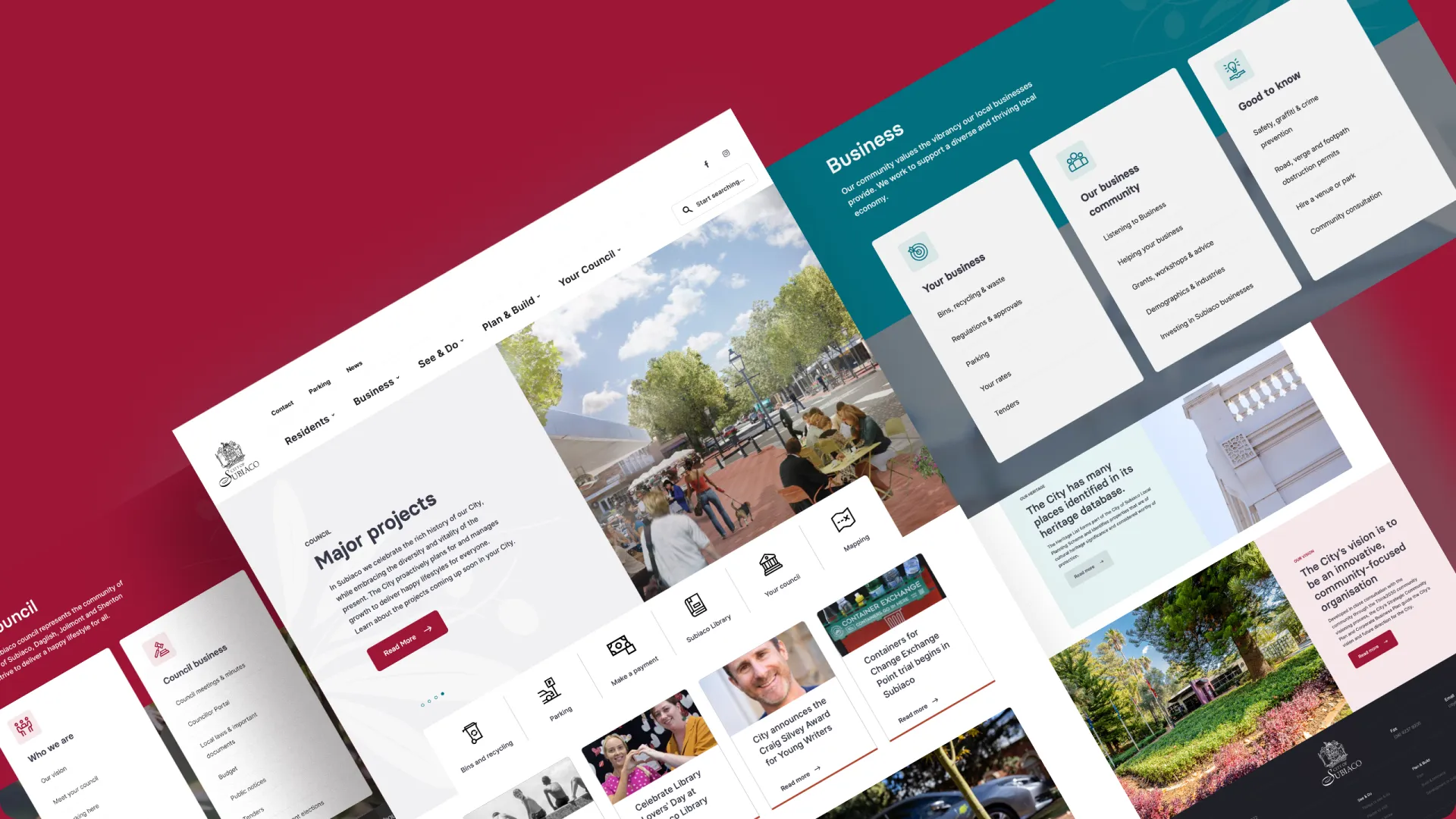
Global spending on digital transformation topped $1.3 trillion last year.
Much of this spend is wasted due to a lack of strategy (or a digital strategy roadmap).
What is a roadmap? It is a plan or strategy that maps out your goals, and where your digital strategy is taking you (the intended destination). A roadmap not only tells you where you’re going, but how you will get there. So, a digital strategy is a roadmap, as it provides this essential information.
You should develop the roadmap in collaboration with your team members. This guarantees it is inclusive and meets the needs of all stakeholders.

“With most organisations achieving less than one third of the impact they expected from their recent digital investments, a digital strategy roadmap has never been more important.”
In today's digitally charged world, it's impossible for companies to not implement digital transformation. If you want your business to stay in front of customers, you must have a solid digital strategy.
A digital strategy roadmap is like a map for your company. It helps you define the goals and investments needed to achieve those goals.
So, what’s the issue with a basic strategy that isn't a roadmap, or doesn't include this information? The problem with a basic strategy is that a simple list of goals doesn't give the context needed to successfully guide decision-making.

What is Digital Transformation?
Digital transformation can be defined as foundational or fundamental change, and impacts how an organisation delivers value. It is a process where a company uses technology to drive this change. It is generally a catchall term for describing the implementation of new technology, talent, and processes to improve business and satisfy customers. Sometimes the digital transformation results from using the right insights and actioning them.
What are the benefits of digital transformation?
Some benefits of a successful digital transformation include:
- Increased efficiency
- Greater business agility
- The unlocking of new value for employees, customers, and stakeholders.
Starting a digital transformation journey requires a new mindset. It is a chance to reimagine how things could be done differently.
Whilst digitalisation is defined as the use of digital technologies to change business processes and projects – such as skilling employees to use new software platforms, digital transformation goes beyond the project level, and affects the entire organisation.
For most companies, digital transformation requires a shift away from traditional thinking, and toward a more collaborative, experimental approach.
These new ways of approaching work reveal new solutions that improve customer experience, drive employee innovation, and encourage growth.




What Drives Digital Transformation?
A strong digital strategy roadmap drives digital transformation. Without one, it is impossible, or very difficult, to experience digital transformation.
A business starts roadmapping when it is looking to establish its goals and objectives for the future. A business needs to have a clear vision of what they want to achieve. Roadmapping helps in setting up the strategy that will help them reach their goals.


How is a Digital Strategy Roadmap Built?
Creating a digital roadmap is not an easy task. It takes time, effort, and creativity to produce something that will resonate with your audience. The amount of time it takes to create your roadmap will depend on your objectives and goals.
Many companies are overwhelmed because creating a digital roadmap can be time-consuming. However, it is worth the effort due to the benefits that it provides.
It takes longer to create a digital roadmap for larger organisations. This is because of the complexity of their digital strategy and the large number of stakeholders involved in the process.
There are various ways to structure a digital roadmap. It is a common practice to start with the strategic objectives of the company and then move on to the digital strategy. The next step is usually the digital marketing plan, followed by the digital channels and lastly, touchpoints.
Others start with the vision and mission. You must consider what's best for your organisation when structuring your roadmap. What order makes the most sense?
Goal-setting allows you to map out what you want to get out of the strategy.
It is essential that SMART goals are used during the goal-setting process – that is:
- Specific
- Measurable
- Achievable
- Relevant, and
- Time-based.
Whilst building a digital strategy roadmap can be a complicated process, here are some steps you can follow to create a successful plan and monitor the progress of your digital transformation:
Goal setting: Before you begin, it’s imperative that you understand what your business goals are. Although these can be written in any format, it is worthwhile workshopping these - by speaking with stakeholders and/or employees, to gain valuable input. It’s also important to consider what you’d like to achieve with your digital strategy, such as improving customer experience, increasing revenue, or reducing costs.
Conducting a thorough analysis: It makes sense to conduct a head-to-tail analysis of your current digital capabilities, including website, social media, CRM system, as well as any other digital assets – evaluating what is working, and what could be improved. At Dapth, we undertake this as part of the discovery phase of a project - you can read more here.
Identify gaps: Identify any gaps between your starting point (where you are now) and your destination (where you aim to be). Then determine the resources that you'll need to get there.
Develop a digital strategy: Develop a digital strategy that aligns with business goals and addresses any gaps identified in the analysis taken, considering factors such as target audience, budget, and timelines.
Develop an action plan: Create a plan outlining specific steps required to achieve your digital strategy; this should include timelines, resource allocation, and key performance indicators (KPIs).
Monitor progress: Tracking KPIs and adjusting your action plan, as necessary, is an essential part of monitoring your digital transformation progress. Regularly reviewing the strategy is a must to ensure that it remains aligned with business goals and reflects any changes in market or industry.
Communicate and educate: Communicating digital strategy and progressing to both stakeholders and provide necessary education and training, ensuring everyone is aligned with goals and understands their role in digital transformation.
What's an Example of Digital Transformation?
NIKE, who needs no introduction, started focusing on mobile and uses advanced technology based on recommendation algorithms and machine learning - and they've created a mobile app that helps choose the best type of shoe, based on a leg scan. By scanning the feet, the application creates a map of them, based on 13 data points. Thanks to the application, the company attains vital information for creating better footwear projects in the future.
Furthermore, an important project is the NIKE + program, rewarding the most active loyalty program members. In Japan, where the solution was implemented, a significant increase in sales was seen.
NIKE's digital transformation shows that innovation can also lead to modernising internal company operations. By digitising 6000 footwear materials, company design teams can work faster and with more efficiency, which directly increases the speed of response to market needs.
Companies have the opportunity to rethink the way they do things, largely starting from scratch. Utilising digital technologies to alter operations and projects, such as teaching personnel to use new software systems, can optimize the speed in which products are released. Digital transformation goes beyond just incorporating digitalization tactics, as it requires an entire shift in mentality to an environment that is more open to collaboration and testing.
By following these steps, it becomes easier to develop a clear digital strategy that will put you in good stead. Remember to always be as flexible and agile in your approach as digital transformation is an ongoing process (not static) – requiring continuous adaption and improvement.
For the majority of businesses, the process of adapting to digital technology necessitates a move away from traditional ways of thinking and toward a more cooperative, trial and error approach.
The digital roadmap should be a living document that you should update regularly as the project goes along. You should update with any changes in strategy or technology as well as new opportunities that arise throughout the project lifecycle.

What are the Benefits of Teaming up with Dapth?
- Our digital team lead and implement your project from beginning to end - no outsourcing anything.
- We proactively teach you how to manage your website yourself, removing the reliance on us or any web developer.
- When you are ready to evolve your website to execute your strategies, the same team are ready to partner with you.
At Dapth, we have the expertise needed to transform your operations for today's digitally-charged world. Don't let the thought of a digital transformation overwhelm you! By working with us, you get the best of the best and a team of experts to guide you every step of the way.






_web.webp)
































_web.webp)
_web.webp)
_web.webp)

_web.webp)


_web.webp)





























